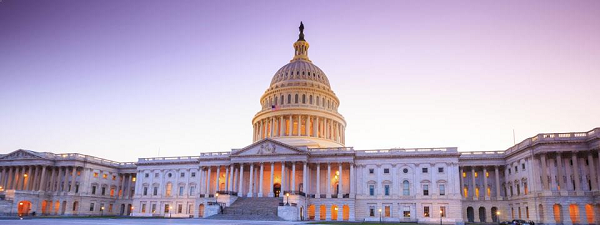By Robert Cohen, AILA member
I noted with interest the recent ICE Press Release proclaiming that we have a record number of foreign students, 670,000, now studying in the United States. http://bit.ly/5EDJCN.
My immediate thought was the contrast between this number and the cap on H-1B visas each year. Of course, the reason for this comparison is that upon graduation, many of the foreign students are offered jobs and would like to remain in this country. Because our universities attract the top students from around the world, these students represent the best and brightest young minds in the world. ICE is trumpeting the fact that we have worked hard in the years following September 11 to restore the attraction for foreign students to study in the United States. However, when they graduate, and are poised to make significant contributions to our industries and economy, we slam the door and say no thank you.
Of course, not all 670,000 foreign students will graduate at the same time, nor will all of them wish to remain in the United States and work for U.S. employers. The ICE press release referenced a study released by an organization identified as Open Doors Online, so I decided to dig a little into the data and see what interesting tidbits might be available. By comparing the total number of foreign students with the number of new students in each of the last five years, I was able to determine that approximately 127,000 students complete their studies in the United States each year. Presumably, the large majority of these students graduate and enter the global workforce. If only two-thirds of them decide to remain in the United States, virtually all of the available H-1B visas will be required to accommodate this pool of talent. This leaves no margin for employers to bring professionals to the United States from other sources. However, employers hire not only recent graduates of U.S. universities, but employees from many sources overseas, which means that there are insufficient H-1B visas for the foreign student graduates of our schools. We spend significant resources attracting the best and brightest students in the world, we educate them at our universities, and then we tell them in the clear unmistakable language of Immigration Policy that they should return home and compete against our economy. We don’t want them here.
Just how far we will go to keep these students from settling in the United States becomes even more apparent when we dig a little further into the data to see the students’ countries of origin. It will not come as a surprise that the top two sending countries for foreign students in the United States are India and China, which in the last year, sent 103,000 and 98,000 students to the United States, respectively. Many of these students choose to remain in the United States and work, some temporarily, others permanently. Thus, it is also important to compare the number of foreign students from India and China to the number of immigrant visas available. While the H-1B visa provides for a trial employment period, if the students are going to make a home in the United States, ultimately, they will need immigrant visas.
The per country limit on employment based immigrant visas is 7% of the total, approximately 9,800 immigrant visas per year for both India and China. This is approximately 10% of the number of students from each of these countries that arrive to study here each year. Is it any wonder that Chuck Kuck recently calculated that an Indian student filing an EB-3 petition today can expect to wait approximately 15 years for an available immigrant visa? http://bit.ly/3UGrFx.
If we were to seek a policy that would expend resources to train the best and brightest minds in the world, then prohibit them from working in the United States in a manner that assured they would develop new industries and technology for our competition abroad, and then guarantee jobs and growth were to be forced overseas instead of the United States, we couldn’t have done better. Our policy is a loss not only for the 670,000 foreign students coming to study in the United States who may wish to remain in this country and work, but it is a very serious loss for U.S. employers seeking the talent of the best and brightest young students in the world. If we wish to remain competitive in a global economy, we will not only need to educate the top 670,000 students from around the world, but we need to be able to provide a means to employ them as well. Otherwise, we should not complain when our employers and our trained talent send jobs overseas.







Great post… Great info on bounce rates… I’ll have to write an entry about the same topic some day soon… Bounce rates can tell you alot…
I tend to look at the bounce rate and then look at the keywords that brought people to the site. Does the page answer the keyword question? If No then there is some work to do on that or a new more focused post.
study abroad
Great post… Great info on bounce rates… I’ll have to write an entry about the same topic some day soon… Bounce rates can tell you alot…
I tend to look at the bounce rate and then look at the keywords that brought people to the site. Does the page answer the keyword question? If No then there is some work to do on that or a new more focused post.
study abroad
Very in depth analysis sir. I have a computer science degree in Bachelors and Masters from a good school in US. Its been seven years in US for me and I found a job. But the wait time for me to be eligible to apply for 485 in current situation, at the mercy of employer filing paperwork right is about 8 years. So yes 7 + 8 = 15 yrs, living a life of fear, alien, unstability, sticking with one employer, no investments, no house — is not what I deserve.